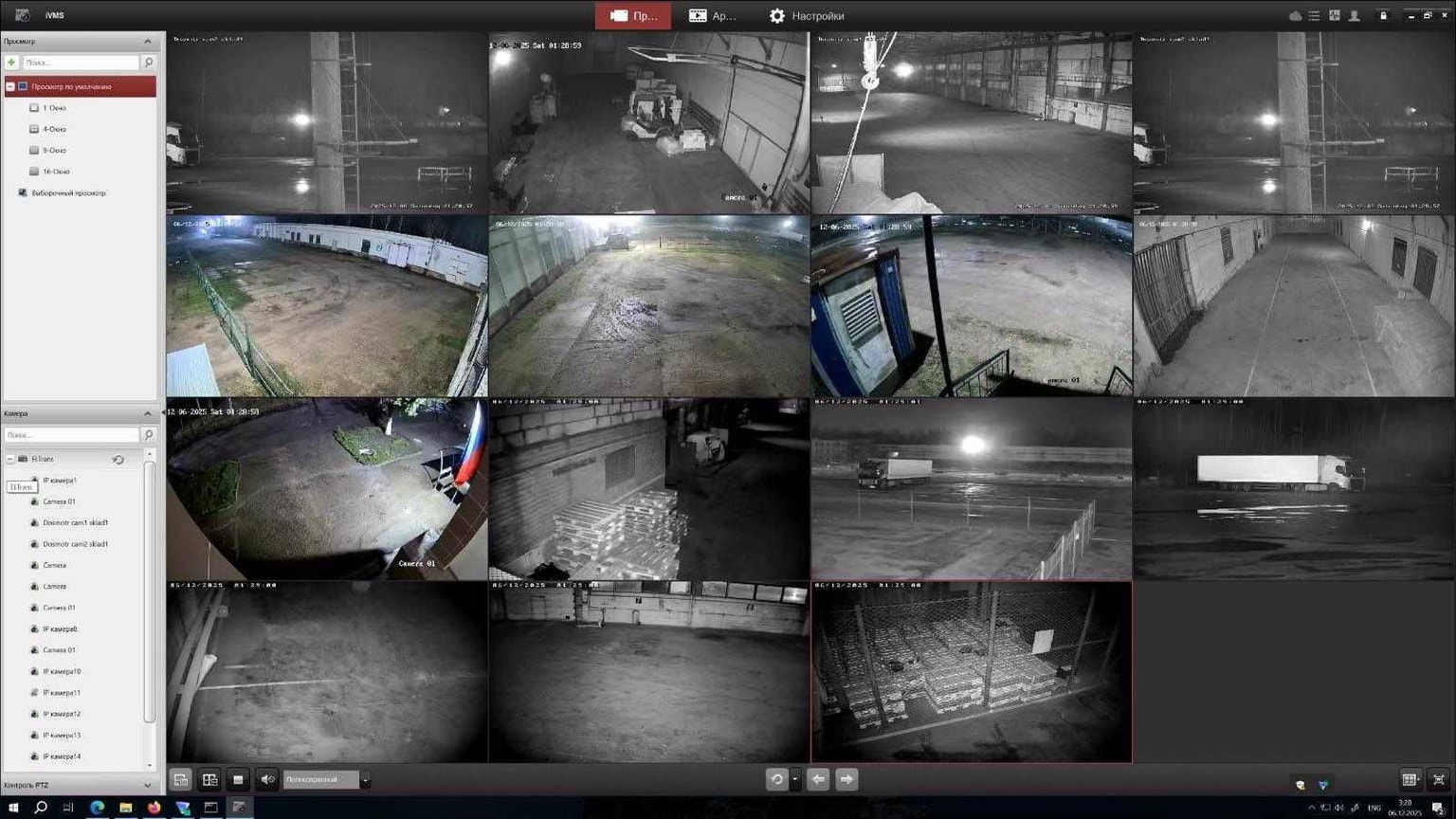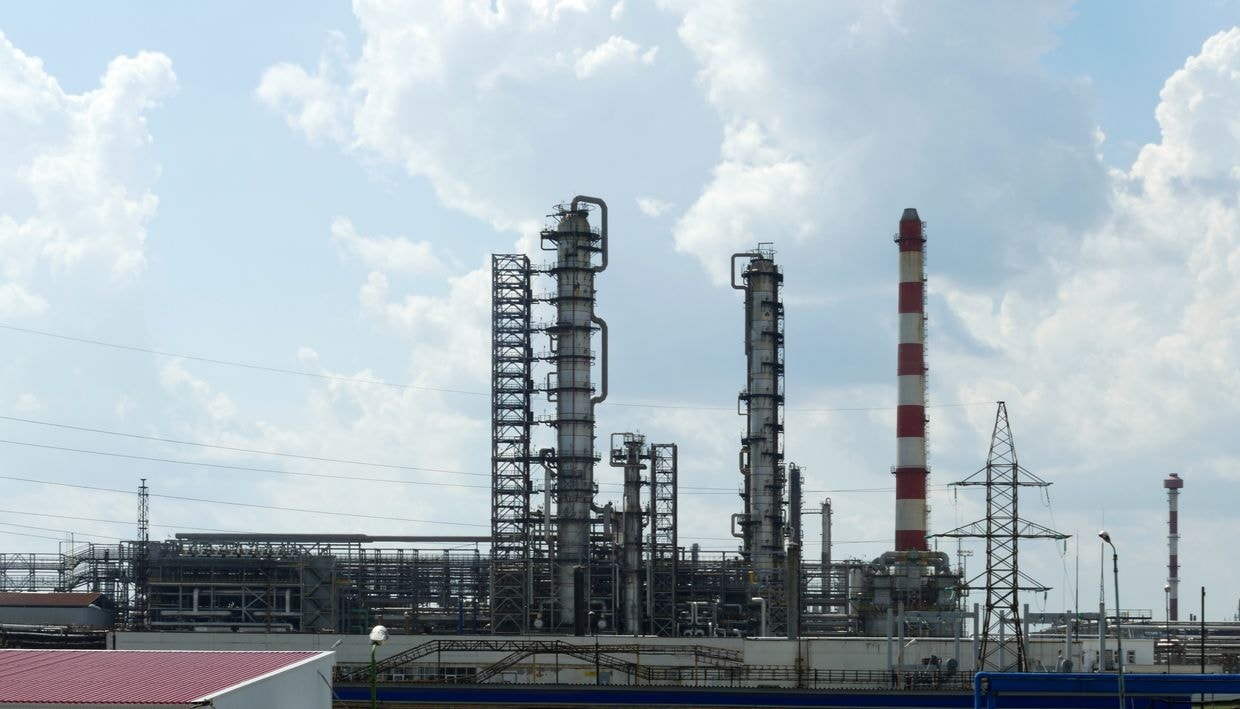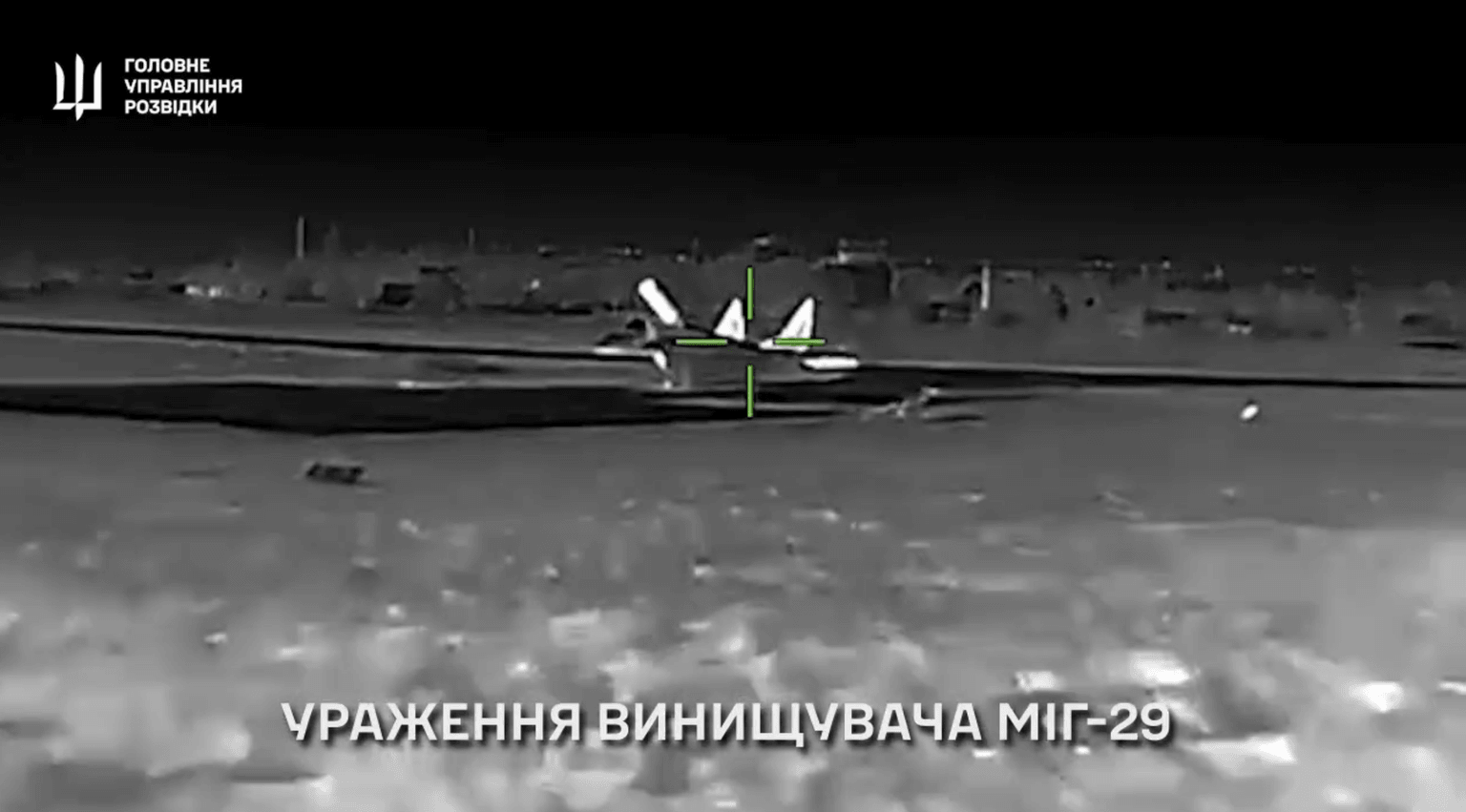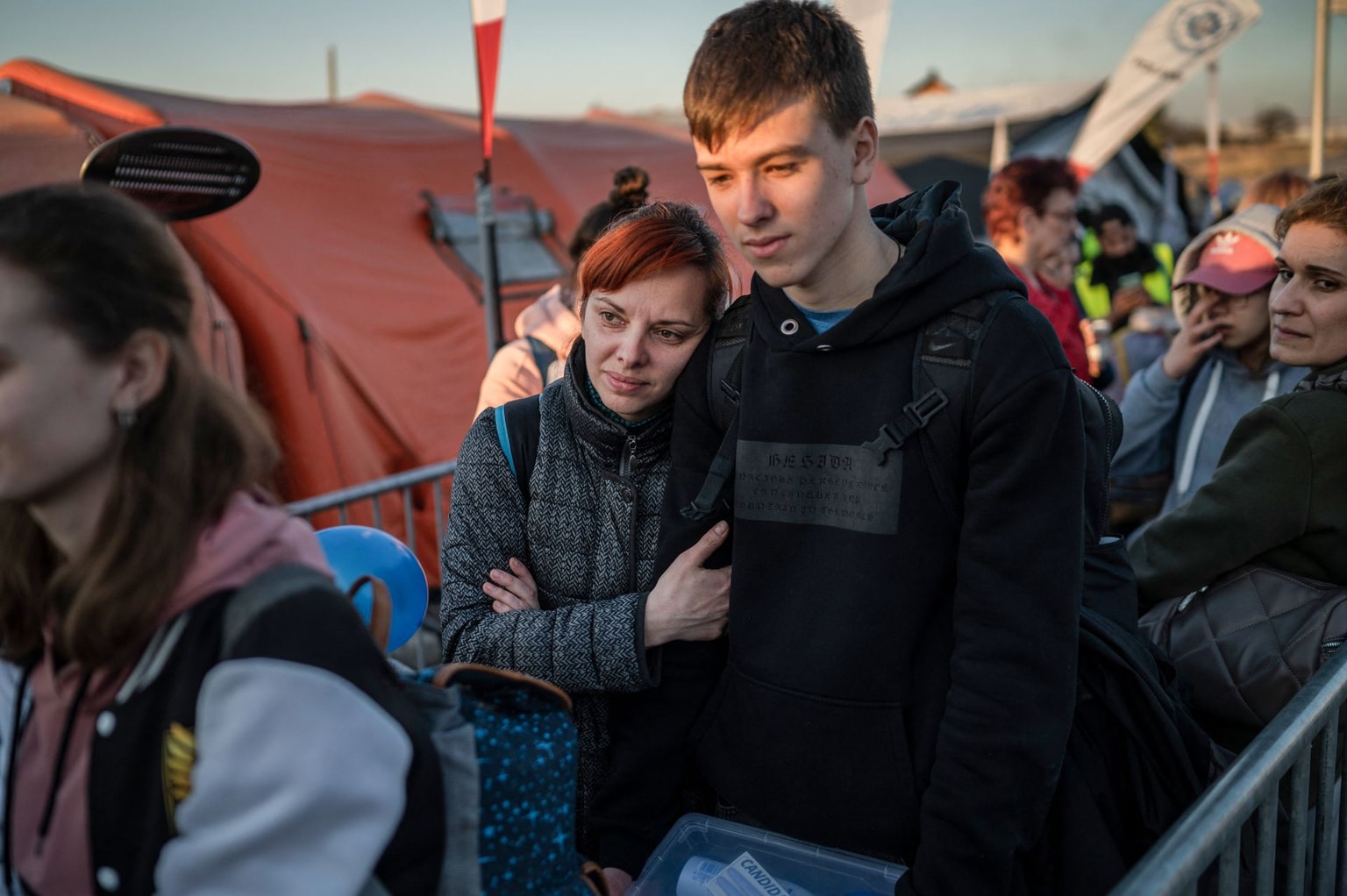
Destroy. Fix. Repeat: Russia is creating a devastating doom loop inside Ukraine’s energy system
Employees at a power plant operated by Ukrainian energy provider DTEK, which was damaged by repeated Russian air attacks, at an undisclosed location in Ukraine on Nov. 13, 2025. (Roman Pilipey / AFP via Getty Images)
Within weeks of Russia's full-scale invasion, Oleksiy Povolotskiy found himself suddenly in charge of the recovery office at one of Ukraine's largest energy companies. His task: source replacements for energy equipment destroyed or damaged by Russian attacks.
Povolotskiy says that at first, he and his colleagues at DTEK had to guess the email addresses of their European counterparts, whom they'd never needed to contact before. After a few successes, they began building an impressive address book of suppliers able to send crucial equipment like transformers and turbines.
But today, those contacts have less to offer. Renewed Russian strikes on the energy system this fall are worse than ever, and after nearly four years of attacks, spare parts in Europe are scarce. Povolotskiy warns that reserves of compatible equipment could run out within a year, threatening Ukraine's ability to make repairs after each attack.
Meanwhile, manufacturing new parts is slow, air defense ammunition is running low, and financial resources are wearing thin as Kyiv approaches a cliff-edge next year in funding. To add insult to injury, a 100-million-euro corruption scandal is engulfing Ukraine's energy sector.
Describing the current efforts to find equipment amid Russia's intensifying attacks, Povolotskiy told the Kyiv Independent it's like "mopping the floor while the tap is still running."
Ukraine has received over 1 billion euros ($1.16 billion) in equipment from more than 30 donor countries via a fund run by the Energy Community. But DTEK, owned by Ukraine’s richest man Rinat Akhmetov, is just one of several companies under attack. It has already spent $166 million this year repairing its thermal plants and coal facilities.

"The problem is time and money. I try to be optimistic. Maybe another country will modernize its energy facilities next year and give us its old equipment," he says. DTEK is now looking as far as Africa and the Middle East for equipment that fits Soviet-era specs, as Ukrainian manufacturers can take months or even years to produce new parts.
But as winter nears, Ukraine's needs continue to grow. Scheduled blackouts already last up to 12 hours a day in some regions. Morale is low as Ukrainians adapt to dark homes and streets. Each mass Russian attack brings the country closer to another humanitarian disaster.
"With winter approaching, we need our allies’ help more than ever," Povolotskiy says of air defense and energy infrastructure.
Bottlenecks and solutions
Russian strikes have caused catastrophic damage to Ukraine's energy infrastructure, destroying almost 70% of the country's generation capacity, according to the think tank Green Deal Ukraina.
Tactics have shifted in 2025. While Russia still attacks energy transmission — with a focus on smaller, local elements of the distribution network — attacks have recently intensified on Ukraine's gas and centralized heating.

Russia attacked Ukraine's domestic gas production for the first time in 2025 — destroying around 60% of domestic production. Combined heat and power plants, responsible for one-third of Ukraine's heat production, have also faced intensified attacks.
It's a cynical strategy as winter approaches — 80% of Ukrainians rely on a centralized gas supply, and more than half receive water heated by gas, coal or biomass according to ACAPS, a humanitarian organization.
A wider range of attacks has broadened the list of needed equipment, which includes compressors and turbines for gas production, transformers, substations, and cable products, among others, the Energy Ministry told the Kyiv Independent.
But Ukraine's needs are often incompatible with what European countries can easily offer. Ukraine's grid widely transmits at 330 kilovolts and 750 kilovolts, higher than the lower voltages more commonly used in Europe, which means that Ukraine needs different equipment.
"This 750kV equipment, including circuit breakers and transformers, is rare globally, used only by Ukraine, Russia, South Korea, and the U.S., making procurement complex," Vitaliy Zaichenko, head of Ukrnergo, the state-run grid operator, told the Kyiv Independent, adding that the company had exhausted nearly all usable secondhand stock.

Even when equipment is found, it sometimes has to be turned down. DTEK had to refuse two decommissioned transformers from Switzerland worth $10 million each due to compatibility issues, and failed to find any suitable equipment after sending search parties in Germany to scout power plants.
Other countries are also becoming increasingly reluctant to share equipment over fears that their own energy sector is vulnerable to Russian attacks. Drone sightings in Europe this year have spooked NATO’s eastern flank, which is bracing for hybrid warfare against its energy system, Polish energy expert Wojciech Jakobik told the Kyiv Independent.
"We have a change in priorities so that might be impacting some deliveries to Ukraine," he said.
That leaves Ukrainian companies increasingly reliant on newly manufactured equipment, which takes longer to arrive. While lower voltage equipment takes up to three months to produce, 750 kV equipment can take up to a year, according to Zaichenko.
"The key, in my opinion, remains air defense."
Domestically produced equipment can arrive faster, but Ukraine doesn’t have the capacity to cover all its needs. The country faces labor shortages and simply lacks the technology to make certain equipment, like gas compressors.
What Ukraine really needs is a warehouse outside the country stocked with new energy generation equipment, like transformers, and secondhand gas equipment, said Povolotskiy. DTEK is discussing the idea with the Energy Ministry, which would enable quick deliveries in just one or two weeks after a mass attack. The ministry’s own reserves of used equipment are running low, he said.
But stockpiling requires money that cash-strapped energy firms don’t have. Hard hit local energy distribution companies are, in some cases, 30% short of their planned budget for the year, said Oleksandr Kharchenko, managing director of the Energy Industry Research Center, during the Kyiv Security Forum on Nov. 10.

"Despite effective coordination, funding shortfalls threaten ongoing operations. Ukrainian teams are running low on operational expense budgets after extensive emergency restorations," Zaichenko told the Kyiv Independent.
Europe is covering part of the financial burden, with Ursula von der Leyen announcing nearly 6 billion euros ($6.9 billion) in funding to protect and repair damaged energy facilities on Nov. 13. It’s a positive sign for Kyiv after a corruption scandal in the energy sector surfaced last week, with experts warning it could shake the EU’s fiscal support for Ukraine.
For now, Brussels sees support for Ukraine’s energy sector as paramount. The European Investment Bank (EIB) intends to stay engaged with the sector, while stressing that the only real solution is to halt the attacks "as quickly as possible," head of the EIB Ukraine investment team Matteo Rivellini told the Kyiv Independent at the ReBuild Ukraine Conference on Nov. 14.
For that to happen, Ukraine needs more air defense. Russia launched 359 missiles and over 8,000 drones in October and November, according to data from Dragon Capital, a Ukrainian investment firm, many of which targeted the energy system.
As of Nov. 18, Ukrainian forces intercepted 27% of missiles in November according to Kyiv Independent calculations, a low rate by historical standards.
"The key, in my opinion, remains air defense," said Ukraine’s ex-Prime Minister Volodymyr Hroysman at the Kyiv Security Forum.
"For years now, we’ve been asking to close the sky and for more air-defense systems. Because our partners have these capabilities, we cannot simply sit and watch as our energy system and living conditions are destroyed."








